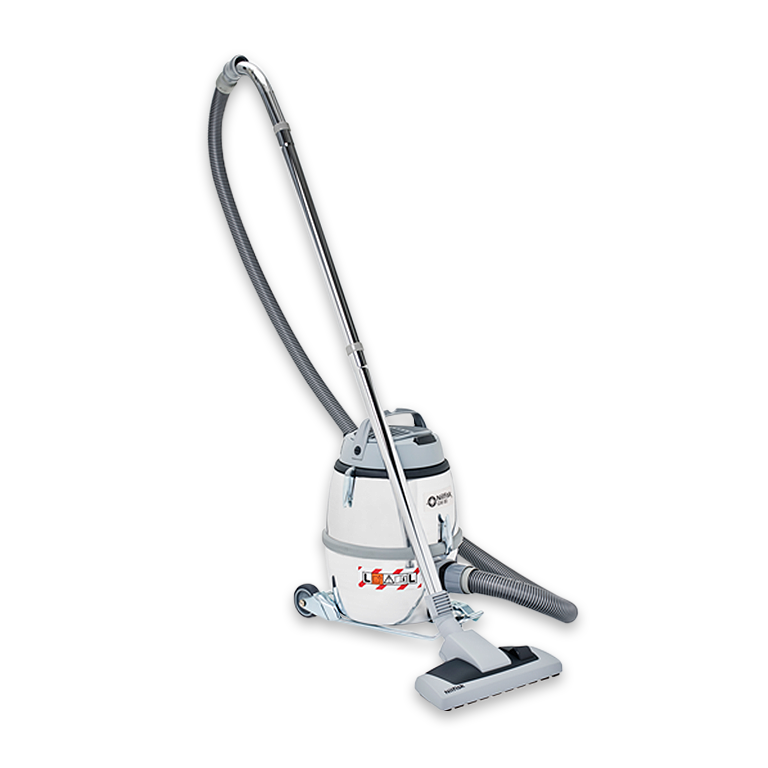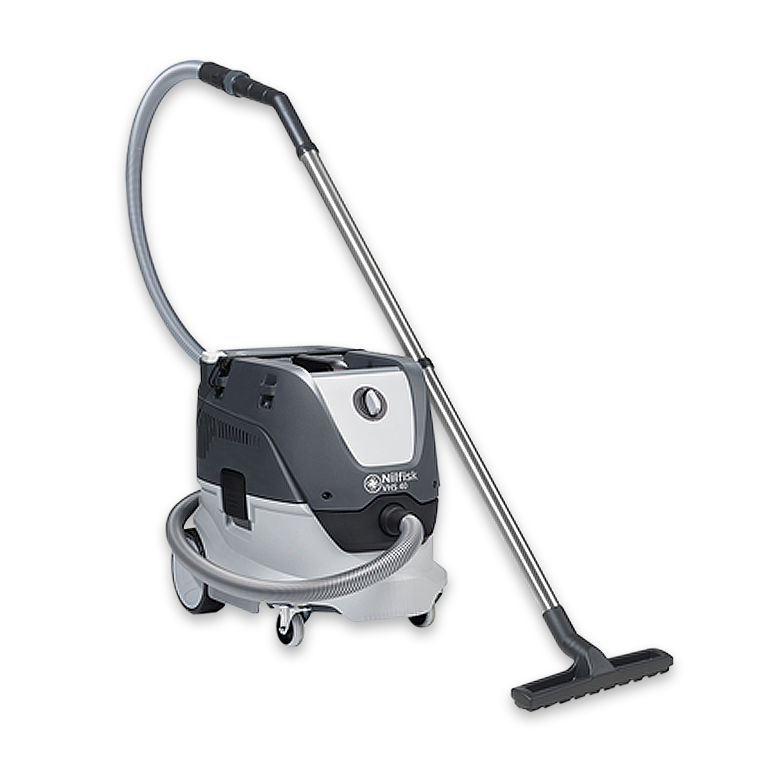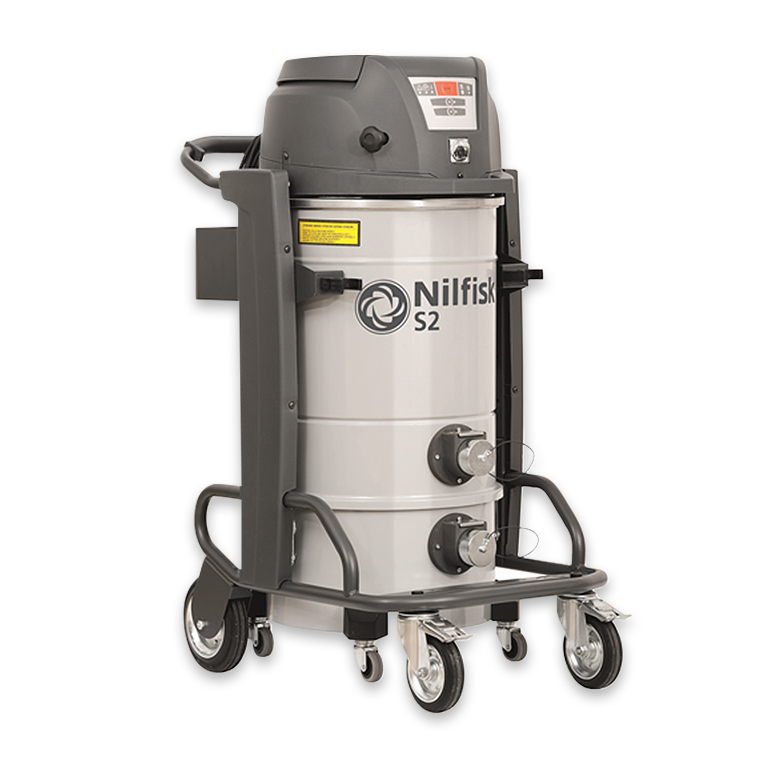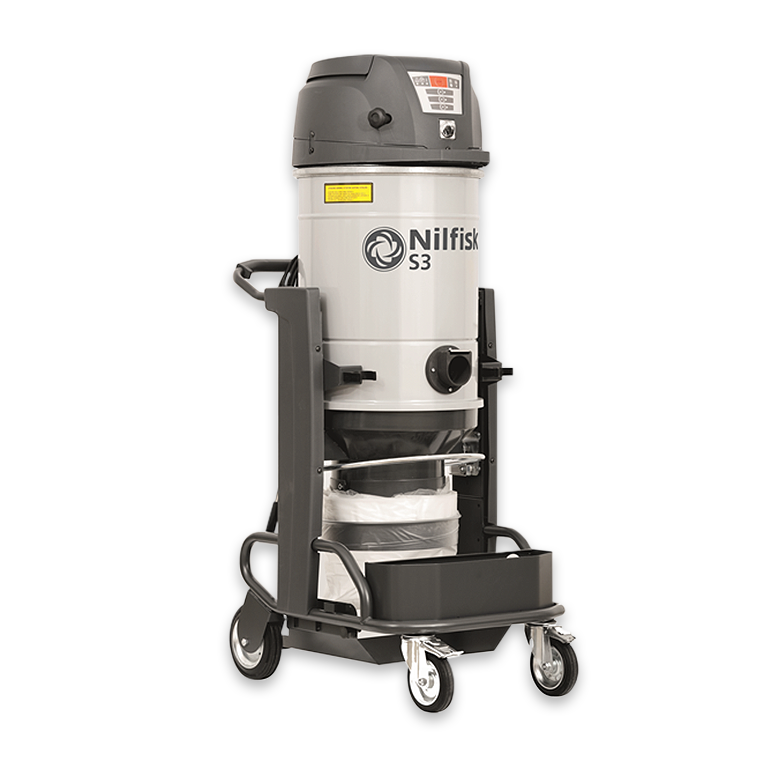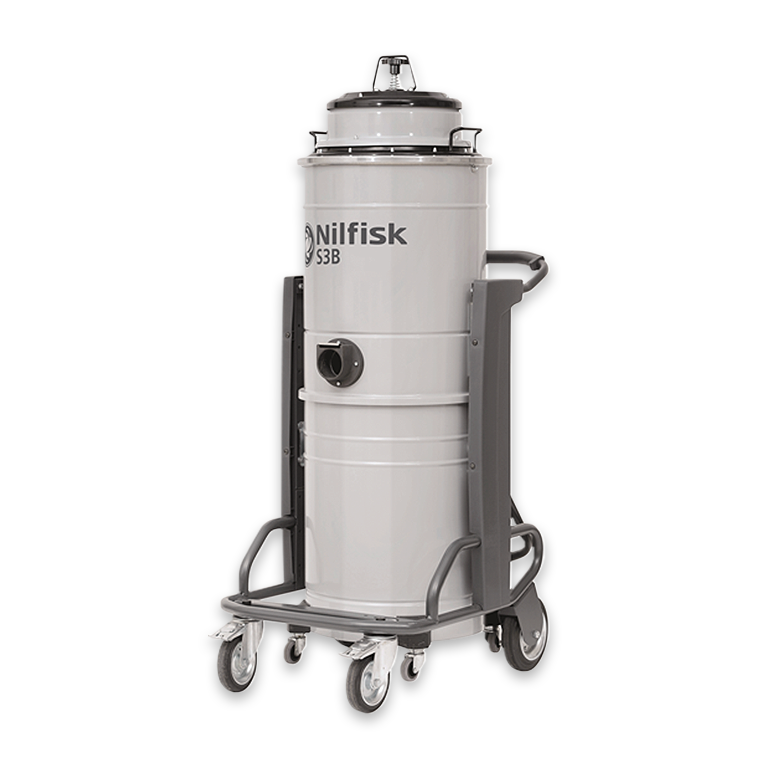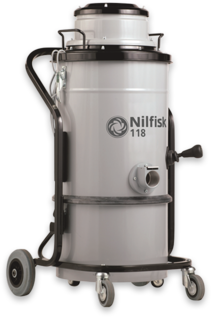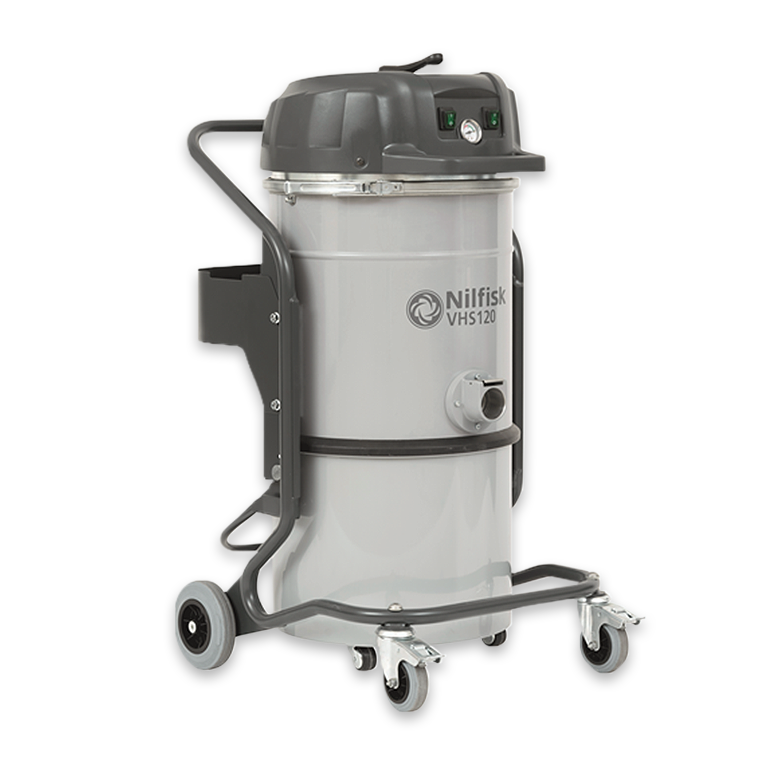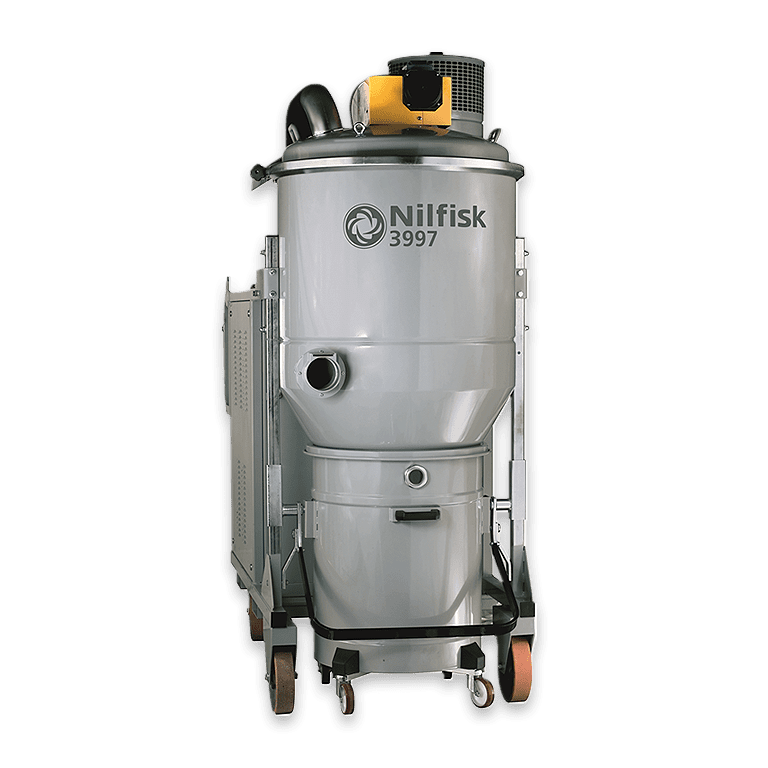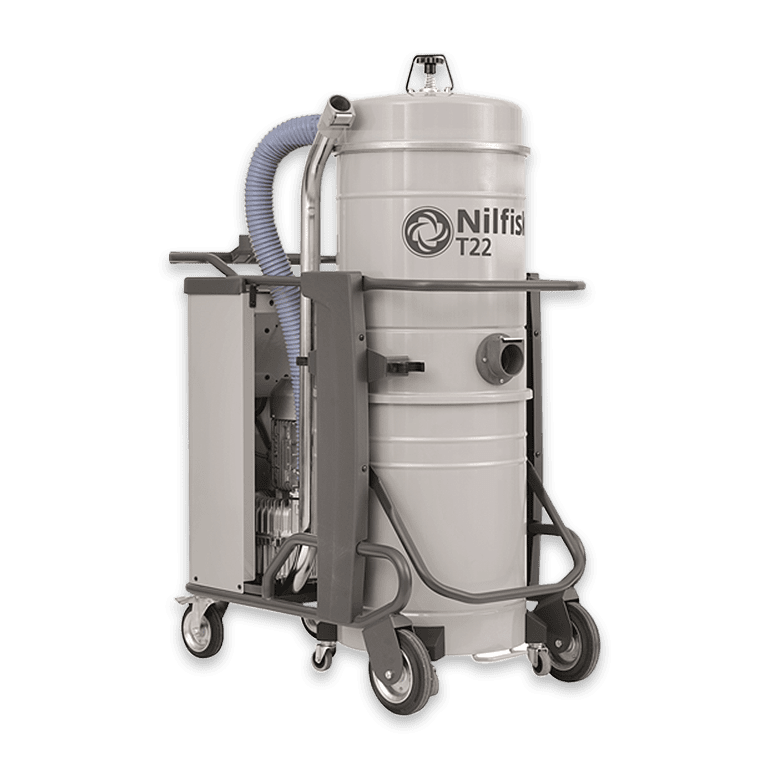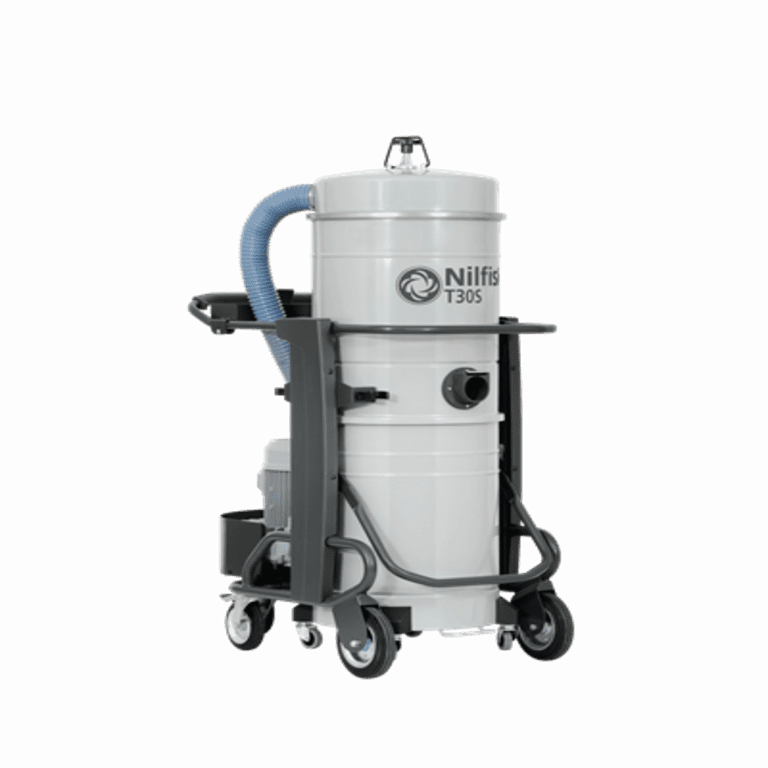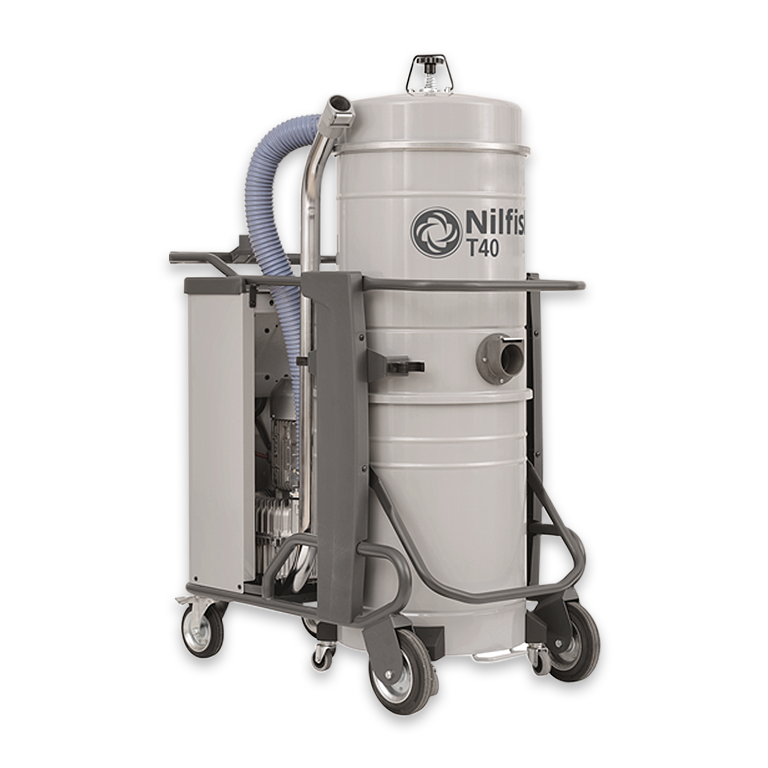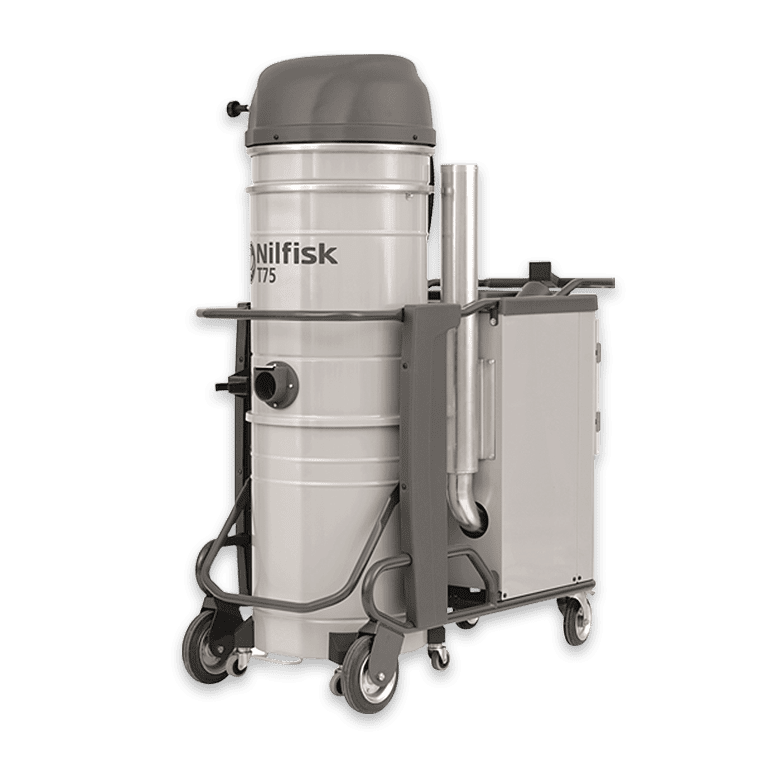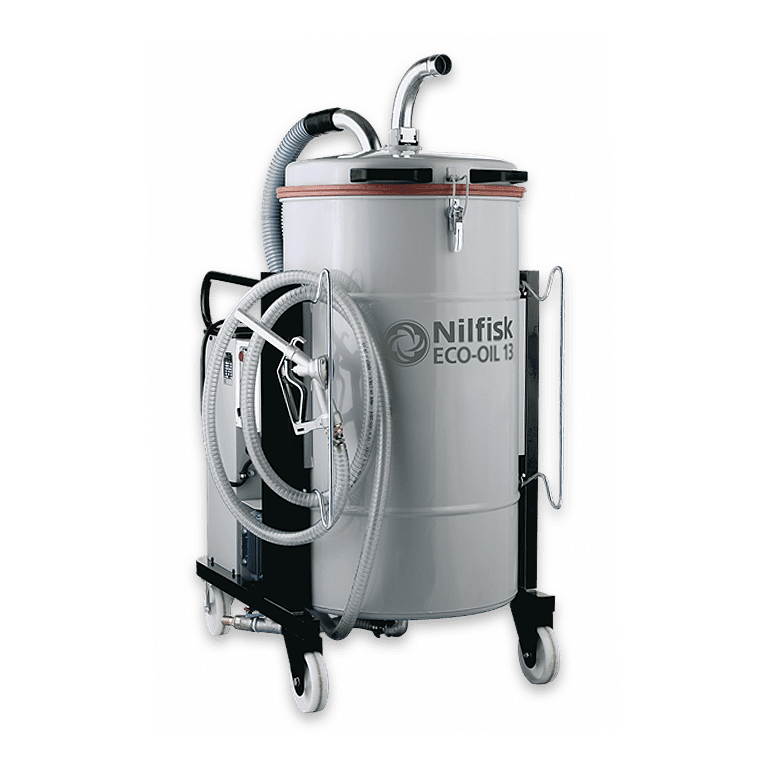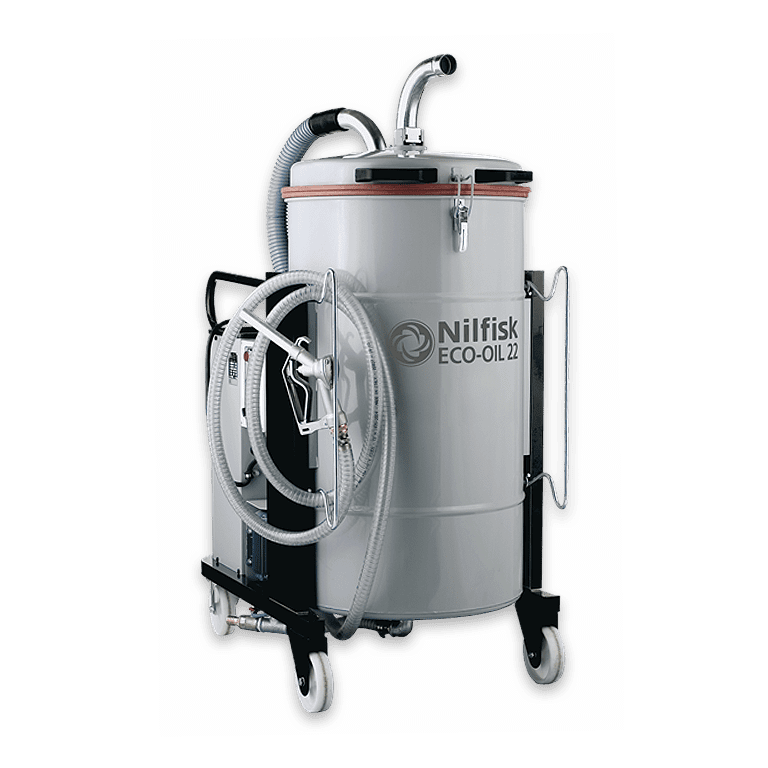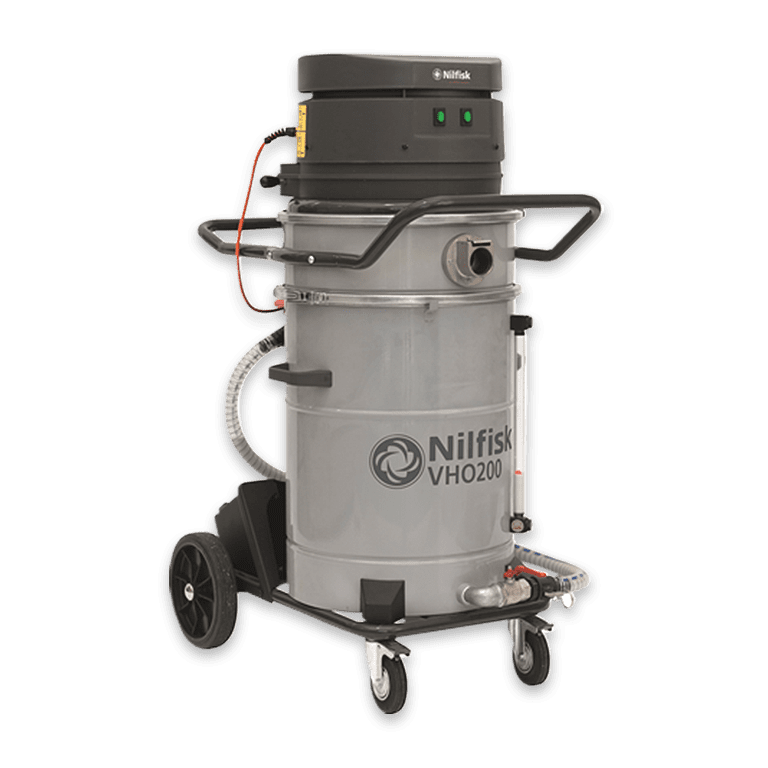The Comprehensive Guide to Industrial Vacuums: Types, Uses, and Benefits
Introduction:
Industrial environments, whether manufacturing plants, warehouses, or construction sites, often face unique cleaning challenges. Dust, debris, and contaminants can accumulate rapidly, requiring heavy-duty solutions. In such scenarios, industrial vacuums play a crucial role. In this comprehensive guide, we will delve into what industrial vacuums are, their diverse uses, and the different types available in the market.
1: What Are Industrial Vacuums?
1.1 Understanding Industrial Vacuums
Industrial vacuums, also known as commercial vacuums or heavy-duty vacuums, are powerful cleaning machines designed to tackle large-scale cleaning tasks in industrial and commercial settings. These machines are specifically engineered to handle demanding cleaning needs, such as the removal of dust, debris, spills, and even hazardous materials. Industrial vacuums are characterized by their robust construction, high suction power, and versatile attachments.
1.2 How Industrial Vacuums Work
Industrial vacuums operate on a similar principle to traditional household vacuums but with enhanced capabilities. The key components and functions include:
- Suction Power: Industrial vacuums are equipped with high-powered motors that generate strong suction, capable of lifting heavy debris and fine particles.
- Filtration System: To maintain air quality in industrial settings, these vacuums feature advanced filtration systems, often including HEPA filters, to trap fine dust and contaminants.
- Large Collection Capacity: Industrial vacuums come with spacious collection containers or bags to accommodate substantial volumes of debris without frequent emptying.
- Durable Construction: These machines are built with heavy-duty materials to withstand harsh environments and continuous use.
- Versatile Attachments: Industrial vacuums are equipped with a range of attachments and accessories, allowing users to customize their cleaning tasks for various surfaces and materials.
2: Uses of Industrial Vacuums
Industrial vacuums serve a multitude of purposes, making them indispensable in various settings. Here are some primary uses:
2.1 Dust and Debris Removal
One of the most common uses of industrial vacuums is the removal of dust, dirt, and debris. They excel in environments where particles accumulate rapidly, such as construction sites, manufacturing facilities, and warehouses.
2.2 Material Handling and Recovery
Industrial vacuums are often used for the recovery of materials such as metal shavings, powders, or spilled granules. These vacuums can efficiently collect and separate valuable materials for reuse or disposal.
2.3 Hazardous Material Cleanup
In environments where hazardous materials like chemicals, asbestos, or toxic dust are present, industrial vacuums equipped with HEPA filters and hazardous material containment are used to ensure worker safety and regulatory compliance.
2.4 Wet and Liquid Pickup
Industrial vacuums can handle wet and liquid materials, making them suitable for cleaning up spills, leaks, and floodwater in industrial or commercial facilities.
2.5 Construction Site Cleanup
Construction sites generate significant debris, including dust, sawdust, and construction materials. Industrial vacuums aid in maintaining a clean and safe work environment.
2.6 Woodworking and Metalworking
In woodworking and metalworking shops, industrial vacuums are essential for collecting wood dust, metal shavings, and other byproducts, preventing them from becoming fire hazards or airborne health risks.
2.7 Food Processing and Manufacturing
Food processing and manufacturing facilities use industrial vacuums to maintain hygiene by removing food particles and contaminants from floors and equipment.
2.8 Automotive Maintenance
Automotive garages and workshops employ industrial vacuums to clean vehicle interiors, remove oil spills, and collect debris from maintenance tasks.
2.9 Pharmaceutical and Cleanroom Environments
In pharmaceutical manufacturing and cleanroom environments, stringent cleanliness standards require the use of specialized industrial vacuums designed to prevent contamination.
3: Different Types of Industrial Vacuums
Industrial vacuums come in various types, each tailored to specific cleaning needs and preferences. Understanding the different types will help you choose the right machine for your requirements.
3.1 Dry Industrial Vacuums
- Usage: Dry industrial vacuums are designed for cleaning up dry materials, including dust, dirt, debris, and powders.
- Filtration: They typically feature advanced filtration systems, including HEPA filters, to capture fine particles.
- Applications: Commonly used in manufacturing, construction, warehouses, and other industrial settings where dry materials accumulate.
3.2 Wet/Dry Industrial Vacuums
- Usage: Wet/dry industrial vacuums are versatile machines capable of handling both wet and dry materials, making them ideal for environments with liquid spills and dry debris.
- Collection Capacity: They come with larger collection containers to accommodate liquids without frequent emptying.
- Applications: Widely used in automotive garages, food processing plants, and areas with potential liquid spills.
3.3 Hazardous Material Industrial Vacuums
- Usage: Hazardous material industrial vacuums are designed to safely collect and contain toxic, flammable, or hazardous materials, including chemicals and asbestos.
- HEPA Filtration: They feature specialized HEPA filtration and airtight containment systems to prevent the release of dangerous substances.
- Applications: Essential for compliance with safety regulations in chemical plants, laboratories, and environments dealing with hazardous materials.
3.4 Pneumatic Industrial Vacuums
- Usage: Pneumatic industrial vacuums are powered by compressed air, making them suitable for locations where electricity is unavailable or hazardous.
- Versatility: They can handle various materials, including liquids and dry debris.
- Applications: Commonly used in oil refineries, chemical processing, and offshore drilling platforms.
3.5 Explosion-Proof Industrial Vacuums
- Usage: Explosion-proof industrial vacuums are specially designed to prevent sparks or ignition sources in environments where flammable materials are present.
- Safety: They are built with non-sparking materials and feature specialized filtration and containment to eliminate fire hazards.
- Applications: Used in chemical manufacturing, refineries, and any environment with combustible materials.
3.6 Continuous Duty Industrial Vacuums
- Usage: Continuous duty industrial vacuums are built for non-stop, round-the-clock cleaning operations.
- Durability: They are constructed with robust components to withstand continuous use without overheating or wear.
- Applications: Ideal for manufacturing facilities and large warehouses requiring continuous cleaning.
3.7 Central Vacuum Systems
- Usage: Central vacuum systems are installed as a permanent fixture in facilities, with a network of pipes and outlets for efficient, centralized cleaning.
- Convenience: They provide convenience and scalability, with the ability to clean multiple areas from a central location.
- Applications: Commonly used in large industrial plants, factories, and facilities with extensive cleaning needs.
4: Key Features to Consider
When selecting an industrial vacuum, consider these key features to ensure it meets your specific needs:
4.1 Suction Power
- Evaluate the machine’s suction power, which determines its ability to pick up heavy debris and fine particles.
4.2 Filtration System
- Check the type of filtration system, with HEPA filters being highly effective at trapping fine dust and contaminants.
4.3 Collection Capacity
- Consider the size of the collection container or bag, especially if you have extensive cleaning tasks to minimize downtime for emptying.
4.4 Mobility and Maneuverability
- Assess the mobility of the vacuum, including the type of wheels and ease of movement, particularly for larger machines.
4.5 Durability and Construction
- Look for robust construction materials and build quality to ensure the vacuum can withstand harsh industrial environments.
4.6 Hose Length and Attachments
- Check the hose length and availability of attachments to ensure versatility in cleaning different surfaces and areas.
4.7 Noise Level
- Consider the noise level, especially if you are operating the vacuum in noise-sensitive environments or during specific working hours.
4.8 Power Source
- Determine whether a corded or cordless (battery-powered) vacuum suits your operational needs.
4.9 Safety Features
- For hazardous material or explosion-proof vacuums, ensure they meet safety standards and compliance requirements.
4.10 Maintenance and Servicing
- Review the manufacturer’s guidelines for maintenance and servicing requirements to ensure the vacuum remains in optimal working condition.
5: Maintenance and Care
Proper maintenance is essential to ensure the longevity and effectiveness of your industrial vacuum. Here are some tips for keeping your machine in top condition:
5.1 Daily Cleaning
- After each use, clean the vacuum’s filters, hoses, and attachments to prevent clogs and maintain optimal suction.
5.2 Emptying and Cleaning the Collection Container
- Always empty the collection container or bag promptly when it’s full to prevent overloading and ensure efficient operation. Clean the container to remove any residual debris.
5.3 Filter Maintenance
- Regularly inspect and clean or replace filters as recommended by the manufacturer to maintain efficient filtration.
5.4 Hose and Attachment Inspection
- Routinely check hoses and attachments for damage or wear and replace any worn components to prevent suction loss.
5.5 Battery Care (for Battery-Powered Vacuums)
- If using a battery-powered vacuum, follow the manufacturer’s guidelines for battery maintenance and charging to extend battery life.
5.6 Scheduled Maintenance
- Follow the manufacturer’s recommended maintenance schedule for your specific vacuum. This may include periodic professional servicing.
Conclusion
Industrial vacuums are indispensable tools for maintaining cleanliness, safety, and productivity in a wide range of industrial and commercial settings. By understanding the different types, uses, and key features of these machines, you can make an informed decision when choosing the right one for your specific cleaning needs. Whether you need to tackle hazardous materials, handle continuous cleaning operations, or maintain cleanliness in a central vacuum system, there is an industrial vacuum available to meet your requirements. With proper maintenance and care, your machine will continue to provide excellent cleaning results, contributing to a cleaner, safer, and more efficient work environment.
If you have any further questions about carpet extractors or need any advice or help, please get in touch with our friendly team of experts here at Beta Solutions Ltd and we will be happy to help.
